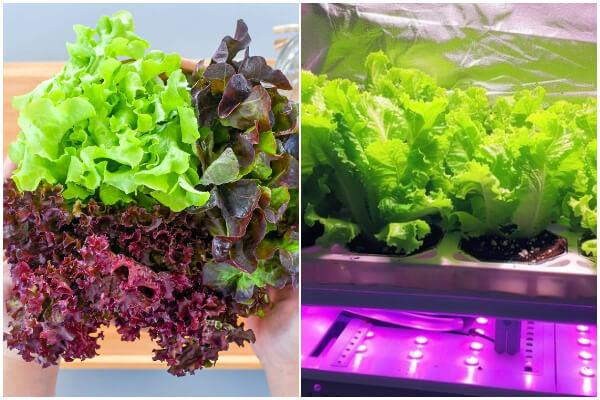Indoor gardening is an excellent way to enjoy fresh produce at home, and lettuce is among the easiest plants to grow indoors. Whether you’re an experienced gardener or a beginner, growing lettuce indoors is rewarding, cost-effective, and ensures access to healthy greens no matter the season. This comprehensive guide will walk you through every step of the process, from choosing the right varieties to harvesting your crop.
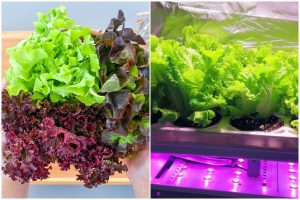
Why Grow Lettuce Indoors?
Lettuce is a low-maintenance vegetable that thrives in small spaces. By cultivating it indoors, you can:
- Avoid weather-related challenges like frost or heatwaves.
- Protect your plants from pests and diseases common in outdoor gardens.
- Ensure a steady supply of fresh, chemical-free greens year-round.
Step 1: Choosing the Right Lettuce Varieties
Not all types of lettuce grow equally well indoors. For the best results, consider these popular options:
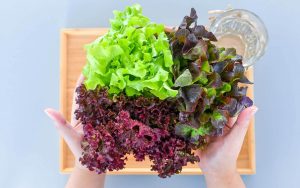
- Butterhead (e.g., Bibb or Buttercrunch): These compact plants are known for their tender leaves and quick maturation.
- Romaine: Offers tall, crisp leaves that are perfect for salads and wraps.
- Loose-leaf varieties (e.g., Red Salad Bowl or Black Seeded Simpson): These fast-growing types allow for frequent harvesting of baby greens.
- Mesclun Mix: A mix of young lettuces and greens, ideal for a diverse salad garden.
Each variety has unique characteristics, so choose according to your taste preferences and space availability.
Step 2: Preparing Your Containers and Soil
Lettuce has shallow roots, making it suitable for small pots or window boxes. Follow these guidelines:
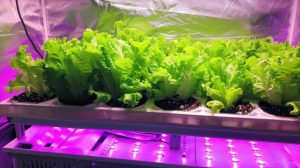
- Container Selection: Use pots with a minimum depth of 6 inches and adequate drainage holes. To prevent soil from escaping, place a layer of mesh or coffee filters at the bottom.
- Soil Requirements: Choose a lightweight potting mix rich in organic matter. Avoid garden soil, which may compact and inhibit root growth. Enhance fertility by mixing compost or worm castings into the soil.
Step 3: Lighting Essentials for Indoor Lettuce
Lettuce is a cool-weather plant that thrives in bright but indirect light. Indoors, it needs 12-16 hours of light daily:
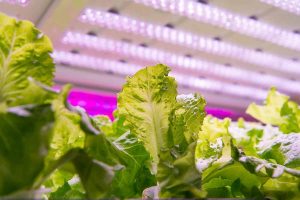
- Place your containers near a south-facing window for natural sunlight.
- If natural light is insufficient, invest in full-spectrum LED grow lights to replicate the sun’s intensity. Adjust the lights to sit 6-12 inches above the plants to prevent overheating.
Step 4: Planting Your Lettuce
Lettuce can be started from seeds or transplants:

- Seed Planting: Sow seeds directly into the soil, spacing them 4-6 inches apart. Cover lightly with a thin layer of soil or compost.
- Transplants: If using seedlings, plant them at the same depth as they were in their original containers to avoid stress.
Water the soil gently after planting, ensuring it’s moist but not soggy.
Step 5: Maintaining Proper Growing Conditions
To keep your lettuce healthy, focus on these key aspects:
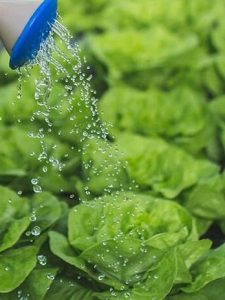
- Temperature: Lettuce prefers temperatures between 60-70°F (15-21°C). Avoid placing containers near heat sources or drafty windows.
- Watering: Consistent moisture is vital. Check the soil daily, and water when the top inch feels dry. Use a watering can with a fine spout to avoid disturbing the roots.
- Humidity: Indoor environments can be dry, especially in winter. Place a shallow tray of water near the plants to increase humidity.
Step 6: Fertilizing for Steady Growth
Lettuce grows quickly and benefits from regular feeding:
- Use a balanced liquid fertilizer (e.g., 10-10-10) diluted to half strength every two weeks.
- Organic options like fish emulsion, compost tea, or seaweed extract work well and promote sustainable gardening.
Step 7: Pest Prevention and Troubleshooting
While indoor gardens are less prone to pests, occasional issues may arise:
- Aphids or whiteflies: Use insecticidal soap or neem oil as a safe remedy.
- Overwatering: Watch for yellowing leaves, which may indicate root rot. Ensure your containers have adequate drainage.
Step 8: Harvesting Your Lettuce
Lettuce is ready to harvest within 30-40 days for baby greens or 50-70 days for mature heads:
- Cut-and-Come-Again Method: Trim outer leaves as needed, allowing the plant to continue growing.
- Full Harvest: When harvesting whole heads, cut the plant at soil level.
To retain maximum freshness, harvest in the early morning when water content in the leaves is highest.
Pro Tips for Thriving Indoor Lettuce
Achieving consistent growth and a bountiful harvest of indoor lettuce requires a few simple but effective techniques. Start by rotating your pots regularly, especially if you’re relying on natural sunlight from a window. This ensures that each side of the plant receives adequate light, preventing uneven growth and promoting healthier, more symmetrical leaves.
For a continuous supply of fresh greens, practice succession planting every two weeks. This involves sowing new seeds periodically, so while one batch is ready for harvest, another is sprouting. This approach ensures you never run out of crisp lettuce and makes the most of your indoor gardening efforts.
To create a visually appealing and practical setup, consider combining different lettuce varieties in a single container. This not only adds diversity to your harvest but also creates a stunning salad garden right in your living space. The mix of colors, textures, and flavors will make your indoor garden both functional and decorative.
Growing lettuce indoors is a practical and enjoyable way to have fresh greens at your fingertips year-round. With minimal effort, you can cultivate a thriving indoor garden, transforming your meals with crisp, homegrown produce. Start your lettuce-growing journey today, and experience the satisfaction of harvesting your very own indoor bounty!

